I have an issue with the PGA207 instrumentation op-amp.
I connected it as a voltage buffer, as seen in the following image:
When I connect a 1 kHz, 2Vpp sine wave to the non-inverting input (pin 5) and measure the output on pin 11, the signal amplitude is precisely halved.
I measured the rails and each is within the minimum range (datasheet says minimum ±4.5V, and I measured ~4.9V and ~-4.9V on the rails). The input (pin 5) and output (pin 11) are disconnected from the rest of the circuit (I put 0 Ω links in to remove for testing).
Currently, I am not driving the two gain control pins (15 and 16), so I should be getting a gain of 1. I also tried pulling the gain control pins high one after the other and it does not seem to reliably change the gain according to the schematic. "01" lifts the amplitude slightly and "10" makes a big jump to outside the Pico range. By default, as mentioned before, the programmable gain of "00" gives me an actual gain of 0.5.
Any other debugging tips or tricks I can try would be appreciated.

